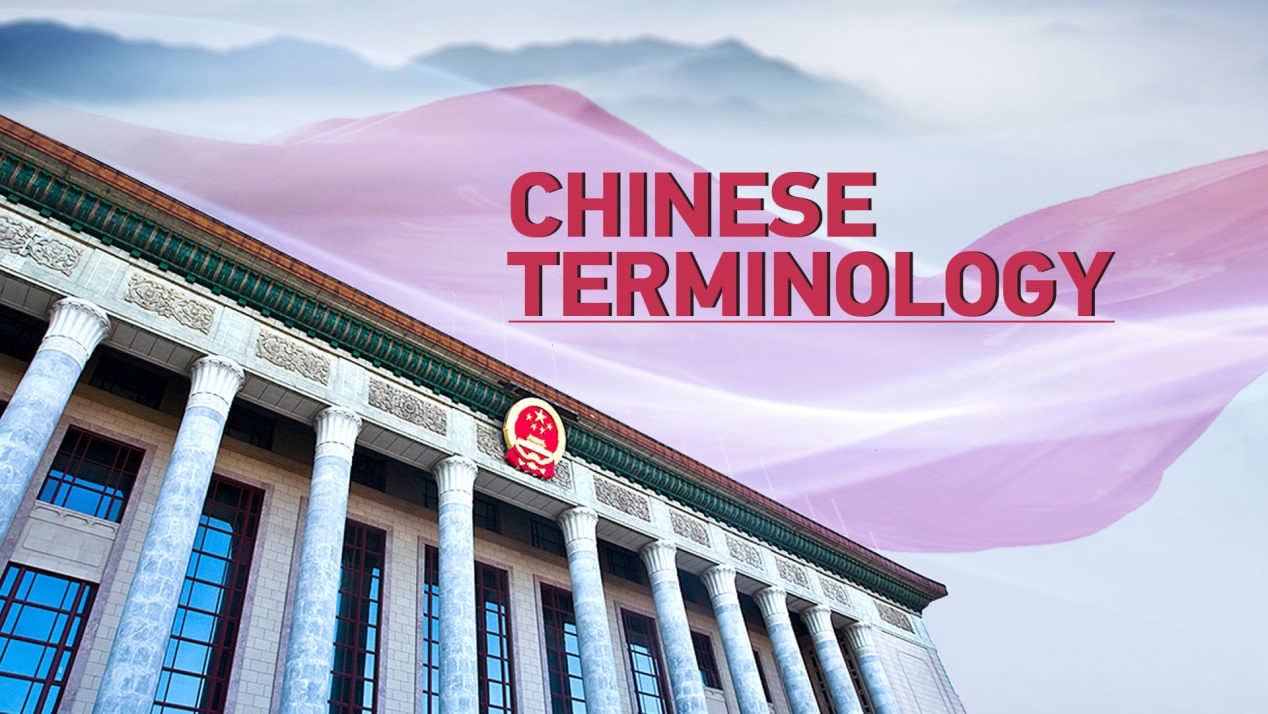
China
22:45, 20-Oct-2017
Chinese Terminology: New Normal
By Li Shengnan

China’s economy has shown a marked slowdown since 2012, as GDP growth rates have declined from double-digit figures to around seven percent. At the time, Chinese President Xi Jinping explained that the country was entering a "new normal."
The term was subsequently popularized and came to refer to expectations of mid-to-high-speed growth. Analysts say that during this new normal, China’s economic structure will undergo fundamental changes.
The service industry will gradually become the backbone of the national economy. The gap between urban and rural areas will gradually shrink and people’s income will account for a larger share of the national economy.
Under the new normal, the Chinese economy will also transform from a production investment-driven model into an innovation-driven one.
So how has China’s economy changed over the past five years? With innovation taking over as a major development strategy, China, once seen as an imitator churning out mountains of cheap and low-quality goods, has become a source of creative products and ideas.
And after decades of rapid expansion brought smog and contaminated soil, China is steadily shifting from its obsession with GDP growth to a more balanced philosophy which focuses on the environment.
The country has also accelerated the opening up of its financial markets to spur economic growth, raise financial sector competitiveness and actively participate in the global market.
So has China chosen the correct path in its economic development? We probably won't know for a few years yet. But it seems at least the new normal has presented the country with more opportunities in slower growth.

SITEMAP
Copyright © 2018 CGTN. Beijing ICP prepared NO.16065310-3
Copyright © 2018 CGTN. Beijing ICP prepared NO.16065310-3